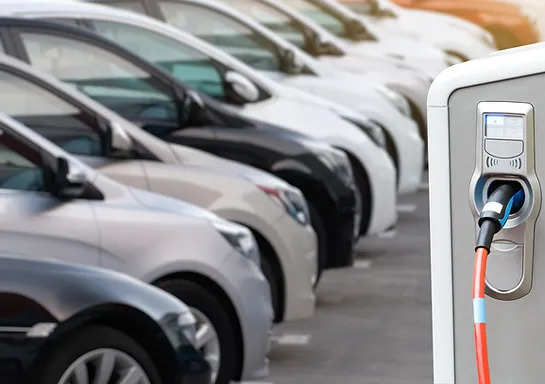
A quick survey of the thoroughfares in any bustling Indian metropolis brings to light the persistent challenge faced by the country’s roads and corporate professionals alike: traffic congestion. Hundreds of thousands of vehicles, honking, stalling and sputtering across the roads have led to unprecedented congestion, leading to rising travel times, infrastructural overload and more pollution as a result of vehicles stuck in traffic. In Bengaluru, the Silk Board Junction and the Marathahalli Junction consistently suffer from severe daily congestion, primarily due to their location at the ends of the bustling Outer Ring Road IT corridor. Commuters traveling between these two hubs often face long delays, with recent reports of three-hour travel times for a mere six km on Outer Ring Road.
The issue extends to the National Capital Region, with areas like the entrance to Gurgaon and Ambience Island remaining congested despite the construction of a twenty-lane highway. To address these problems, many companies have enhanced mobility processes, using corporate taxis and buses to transport employees to reduce congestion around technology parks.
Partly, this has to do with infrastructural inefficiencies, but also with the sheer number of vehicles that are required. Following the pandemic, there was a steep rise in corporate employees opting for private transport and ride-hailing apps over shared mobility. In the ecosystem of shared mobility, there has been a recent push both by private companies and the Indian government to move towards electric vehicles, specifically electric buses.
In 2022, there was a 65% increase in the electric bus market, showing that there is a real demand for clean, sustainable public transport. And why wouldn’t there be?
Electric vehicles provide an alternative to India’s ageing taxi population, most of which have been plying since the early 2010s. However, as of 2023, government data illustrates that there are just over 10,000 public charging stations in the country. With 2.8 million EVs on the streets of India, that means each charger must service up to 300 vehicles. The Government has suggested that nearly 18,000 charging stations are required, just in India’s 9 big cities, and this goal will be paramount in a more complete EV infrastructure.
By pairing these potential charging stations with clean energy generation like solar and wind, EV users can not only embrace the convenience and cost-savings of an EV, but also take part in the push for clean energy. Electric vehicles offer a promising solution not only for India’s ageing petrol and diesel taxi fleet but also for companies aiming to meet their ESG goals through sustainable transport options. With a transition to EVs, tailpipe emissions can be made a thing of the past for companies which make this transition, putting the company’s ESG mission into overdrive.
Electric vehicles also do not face the considerations and concerns that most EVs do when it comes to range anxiety. As the routes, stops, and total distances are pre-planned, vehicles that find themselves running low on charge can return to their designated charging points. In this seamless operation, they are replaced by fresh, fully charged electric vehicles, ensuring uninterrupted service along the same route while the depleted vehicle recharges.
Through effective coordination, this cycle can be repeated as needed, resulting in a seemingly continuous flow of vehicles with minimal downtime. This minimal downtime has far-reaching advantages for companies as well, and in one such instance, a multinational technology company was able to reduce overall transport costs by 20%, by partnering with a corporate mobility entity that specialised in EV fleets. With this partnership, they were also able to create better utilisation for each seat in the vehicle, reducing the number of vehicles they used by 15% as well.
Companies, through route planning and strategic charging infrastructure placement, not only streamline operations and align with ESG goals but also advance the smart city vision in India. This approach facilitates shared mobility among employees, reducing road congestion. Tech parks in the country possess advanced infrastructure, ideal for serving as EV charging hubs, promoting sustainable transport and laying the foundation for a connected urban ecosystem. Leveraging tech parks as charging hubs aligns with the vision, demonstrating how sustainable transportation integrates into smart urban development.
To round off everything, consider this – 100 electric vehicles in a corporate fleet, which travels roughly 80,000 km each over 5 years, would save 332 grams of carbon dioxide per km. That totals to 1,328,000,000 grams of carbon dioxide emissions avoided over 5 years – for one company, with 100 vehicles alone. Going forward, EVs will show us how to do far more, with far less.
(Disclaimer: Rahul Pravindra is the founder of O2 Mobility. Views are personal)

















